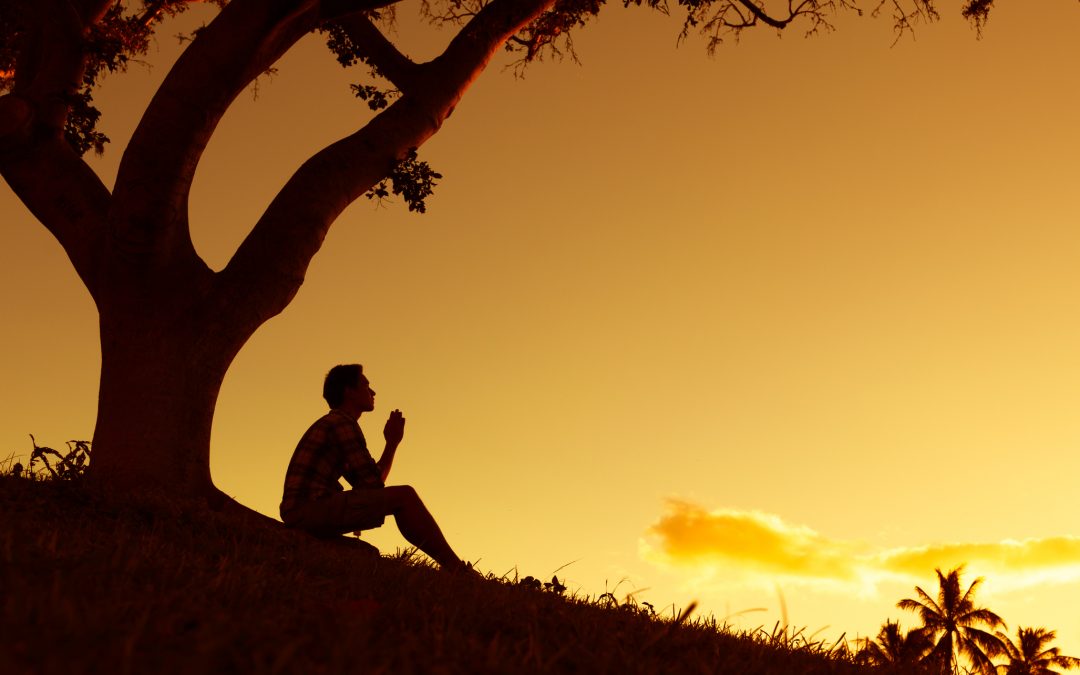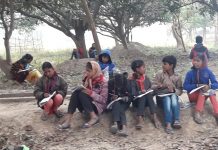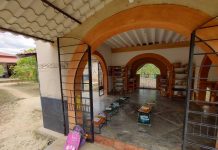VIEWPOINT
Modern knowledge systems often emphasise the distant, the rational, the tangible, the manifest and do not give us the opportunity to dissolve binaries and form a connectedness with all living beings. It is this quest that the author wishes to illuminate upon.
Monica Gupta teaches at the Department of Elementary Education, Gargi College, University of Delhi, New Delhi.
As I started teaching, I felt keenly the disconnect between the personal and the professional sphere- my own spirituality had no place of expression in the curriculum.
The curricula based largely on the modernistic rational traditions with their inherent light of ‘humanism’ were refreshing but I was looking for something deeper- something that went beyond the duality of nature and mind that tends to create binaries of thought. I yearned for a knowledge that could heal the binaries of rational thought and give a surer basis of connecting both inwardly and outwardly with all that exists: people, ideas, nations, animals, plants and matter.
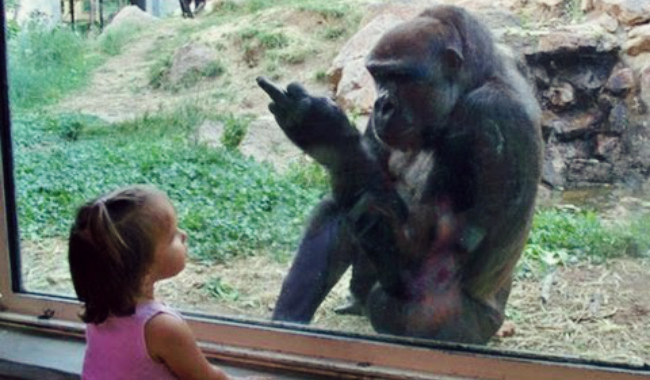
It disturbed me how the personal and professional domains in Indian academia often forced to exist separately with faith and spirituality relegated to the personal domain and with little expression in curricular spaces.
I can understand the reason for this rift- there is so much in us that is as yet infra-rational and base that the light of rationality gives us a solid tangible ground to stand on.
However in my view, the understanding of the infra-rational and the suprarational spheres of our being are often confounded in Indian academia and the ‘spiritual’ is relegated to the side-lines – fit only to be philosophised and not really offering pathways in deepening understanding of the disciplinary knowledge.
I do think that the ‘spiritual’ is a route to a deeper connectivity that can give a higher impetus to all disciplinary knowledge as we search for the answers to what is most critical for us as humanity. It is this search for connected that I explore in this article.
The Connected Self.
Can I know my own silent stories that are being woven and told in the being of the others? Can I feel the deep and living connection with all that exists- the miserable, the wizened, the broken, the flower and the song?
In this article I search for ‘All that we are’- our shared travails, joys and hopes- our connected self. It explores the roots of our connectedness in the collective cultural memories and its whispers in our daily lives and talk. It is an exploration of small inner acts what may be truly significant for us in face of pursuit of grand dreams and goals.
It looks at the meaning of the creative pauses in a life that frets and hurries towards far and imagined goals. It is rediscovery of self and the ‘other’ in new spaces different from the habitual rounds of mechanical routine that binds our steps. It is an exploration of the tenuous and fragile relationship of nature and man which has been deeply exploitative by the excesses of our collective desires. It asks the question- ‘Can we halt the juggernaut which is impelling our own destruction- this culture that ever wants ‘more’- more expectations from others, more attention, more sensation-seeking, more to consume and more tinsel that shields us from the bitterness and poverty that surrounds us’.
My search for in connectedness is rooted in concern for some of the most critical problems that humanity faces today -de-humanising poverty, violence, perversion and corruption. What is it within us individually and collectively that sustains the existence of these problems? Is there a fundamental dis-connect in body of our cultural psyche that needs to be fathomed and healed for us to be find our collective balance? What are the different manifestations of the dis-connect in psychological- social-economic spaces that we inhabit? In what way does it affect the beat and cadence of life in our personal and social worlds? How can I as an individual aspire to heal this dis-connect and what are kind of social commitment does it demand from me?
The search for connectedness for me brings me to five key psychological ideas distilled from my explorations on this issue: interdependence, presence, compassion, resonance and deep engagement.
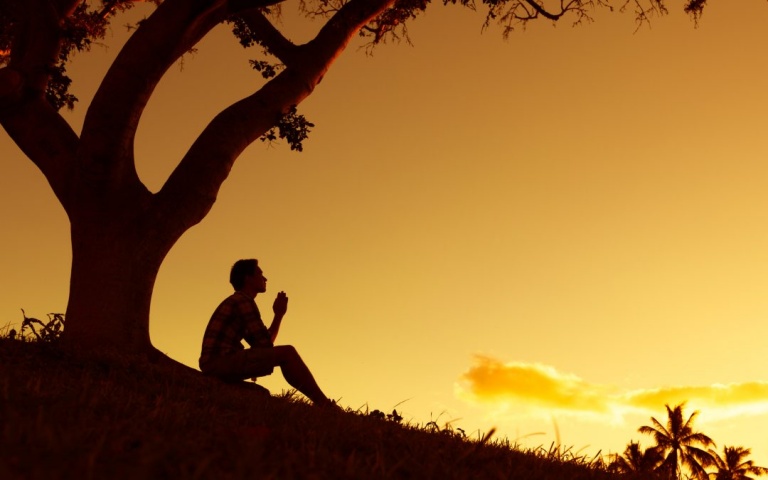 Image credit : http://wheregraceabounds.org
Image credit : http://wheregraceabounds.org
The assertion that the entire creation is woven into a web of connectedness is the fundamental philosophical idea that marks spiritual thought emanating from all major wisdom traditions of the world.
This realisation of interdependence is based on the insight that any problem that exists in society is our own problem -it emanates from us and is sustained within our own being. We are all bound in a fundamental unity -in our collective realisations and our problems. If we exploit any part of the creation beyond measure- its psychological consequences are also our own. I dwell on the need to become ‘aware’ and experience full ‘presence’ of all that exists around us – rocks, plants, animals, people, emotions, thoughts- all intertwined in a living breathing balance.
The awareness of this ‘presence’ can lead to different reactions -awe, wonder, gratitude for all that nourishes us and/or a deep concern for what we are doing to ourselves. We may feel the need for compassion– for others as well ourselves. To the extent, we can feel the ‘presence’ -there may also be a need for compassion for others and our own self- a yearning to extend ourselves, to embrace and to heal all that exists around us.
The experience of interconnectedness can be based on ‘resonance’- we resonate with thought, feeling and aspirations of ‘others’ that moves us to the extent that it seems to be our ‘own’. This ‘resonance’ can form the basis of the formation of a ‘psychological conscious collective’ which that moves an individual or group of people to explore solutions to our collective problems through a process of deep engagement. The sphere of engagement may be small or wide; it is the passion and depth of engagement that defines its quality and power of touching lives and giving us new ways of being that can change heal and change something fundamental in our nature.
Exploring the Nature of Interdependence:
The Upanishadic concept of ‘So Hum’ asserts that ‘self’ and the ‘other’ are essentially ‘one’.
The Buddhist concept of Pratītyasamutpāda or ‘interdependent co-arising’ assumes that all of us are joined together by multiple causation and conditions and are fundamentally interdependent on each other.
The Jain concept ‘Parasparopagraho jivanam’ is based on the view that all nature is essentially interdependent not just in a physical but also a metaphysical relationship. Life can progress only through a collective striving where we assist, accommodate, support and nourish each other.
We join and part, come together- touch, inhale each other, and a keep a bit of breath of the other in our being. We clash, are locked in strife- of moments of distrust, unwilling love and recoil. Our being coughs- throws out all that discomforts us. We soothe ourselves back into a balance- sifting sparks out of the soot. One thing is clear- we are not alone in this world.
I am- because others exist. I feel this essential realisation is something that can ease our being- give a gratitude that humbles and lightens- the nature of a stone is heavy so it falls, the nature of bird is to rise because it is fragile and light (Watts,2001). Our heaviness comes from excessive self-importance that fails see the luminous threads and wearied hands that sustain us.
We fall because of our self-centeredness – which often assumes a giving that never was- for we saw our gift but not the beauty of others or their need. Our bending in love is the way to see the ‘other’ – it gives grace and wings to fly. Our being is a matrix of the ‘heavy’ and the ‘light’-parts of our being are light and at ease and other parts stuck in convoluted and strained patterns that are dis-eased. The pattern within is replicated without. There are parts of the environment that are pristine and at ease. However, what have we done to the rest of the creation- the clash and strife, rape and tear, and insatiable want that consumes more and more has left us deeply dis-eased. The wildly consumerist dream posits all happiness out of our being- its drains us of resources and splintering our energies and our collective being.
Our personal world is deeply invaded by the market that aims to ‘increase desire’ exponentially.
The structuring of the economic world encourages immediacy of gratification which is enervating and creates listless and passive human beings that can only bleed in the excess of desire. The violence done all that lives and breathes outside cannot but be felt within- in imbalance, weakness, depression and fragmentation. We need to learn where to ‘stop’ as a consumerist culture- to learn the power of the ‘less’ in an act of voluntary simplicity. A ‘less’ that that can help shed the weight of excess desire, that can give a grace of ‘lightness of being’ that can fly.
Exploring the Presence:
I feel that the entire creation is a living being- there is a ‘psychic presence’ in it that can be seen in the enrapturing beauty of flowers and stones, new-born leaves and children’s smiles – something that makes it sacred with a mystery. (The Mother, in Vijay, 2003) It has an inexplicable and compelling power that warms and gladdens our being. As the ‘new’ grows up, the presence seems more veiled and hidden – as it takes on the nature of nature of the beings around us as if by symbiosis. We humans become a mix of unconscious habits and conditionings that do a mechanical round.
The nature too responds the external environment- which determines it’s unfolding. The sullied and sad trees and plants in our urban spaces but seem lose their sheen in breathing the desire-pollute that humans create. Yet- something of the presence lives on- it reveals its beauty in flashes of uninhibited joy, in moments of psychic giving of our ‘self’ and deep insight. We need an environment that can nourish the ‘psychic presence and help it grow’- our homes, schools, neighbourhoods need to have luminous, flexible and caring forms and structures that can help the growing being live in the ‘presence’.
Can we explore a much lighter way of being, knowing and living that is much more conscious and can help the growing child to continue living in the inner sunlight and outer balance? This is the challenge for parents, educators and mentors of today.
Practicing Compassion:
The realisation of interdependence does something beautiful- it creates a psyche of ‘identity’ where you do not feel separate from another person. You no longer understand a person through sympathy but experience the reality of the person by becoming ‘the other’.
The ‘other’ vanishes leaving only the integral realisation of the Upanishadic dictum of ‘so hum’- or ‘That is You’ which is an essential spiritual attitude for self-progression. Self -extension in such a state becomes a natural possibility and it is no longer ‘help’ that we are extending to anybody.
Such a state of being is a sense of quietness that radiates a peace and calm and love that does not pull anyone to oneself through an emotional clamour. The practice of compassion ennobles the being- it makes possible acts that would otherwise not have been possible. It is an act of widening that extends the way in which we feel and experiences the world- and deeper appreciation of its challenges, complexities and possible solutions.
On Resonance:
We have often heard the dictum ‘change yourself if you wish to change the world’. It is an attitude that requires an act of courage and imagination. It requires you to ‘step back’ from any reaction to an outward negative happening and look within- this requires tremendous courage.
If one is able to practice this attitude consciously and with sufficient force -something changes in way, the collective responds to it. This aspiration inspires and elevates and makes others experience and resonate with the soul-force that sustains it. This resonance is a wonderful thing- it helps bring together people that have a similar aspiration.
A powerful aspiration can form a seed community that can further help in creation of more conscious and intentional communities that can give expression to diverse ideas. It is a psychological fact- people with whom we resonate deeply can play us like music- we reveal ourselves much more through them. They become instruments of our self-discovery and self-expression.
The Possibility of Deep Engagement:
The consistent practice of spiritual attitudes I feel has two results. First, it changes something within you fundamentally- to know is to change within. You are in each step of this journey of ascension created anew in more and brighter light of the being.
Second- it opens possibilities of a deep engagement in the external world as a fundamental act of self -giving- a giving that does not ask for any rewards or praise. The need to give is experienced as a blessing and it also develops in the being a grace to receive. The world needs us to become our luminous selves- full of simplicity, radiating health, joy, humour, light and delight. If connections are luminous- we will become capable of welcoming the dreams of our children and our future selves.

